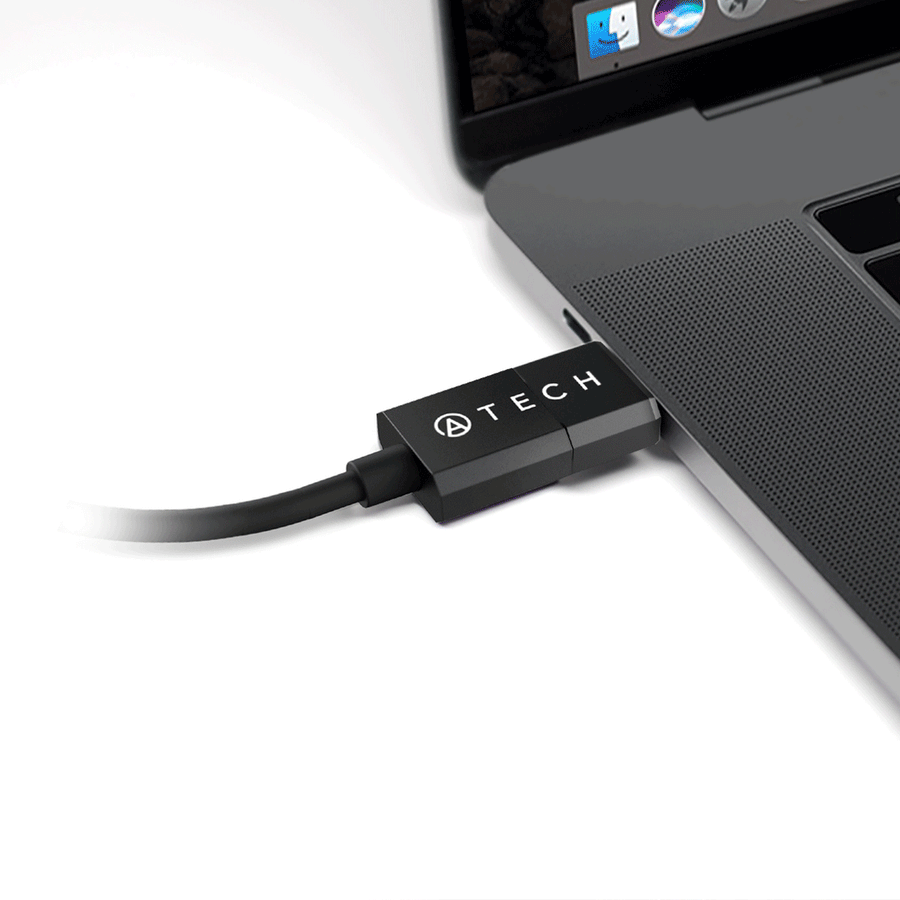

Regardless, MagSafe was justifiably popular with most people.Īpple’s desire to move to a single jack that could do double-duty for power and communications was the beginning of the end for MagSafe. Andy Ihnatko also once complained to me that MagSafe connectors tended to get disconnected when working on soft surfaces like messy hotel beds. Several people accidentally disconnected the connector and pushed it up onto the MacBook just as they closed the screen onto it, breaking the screen. The main complaint I ever heard about MagSafe came when Apple weakened the magnets in MagSafe 2. Equally gratifying was being able to grab a MacBook off the desk with the merest wiggle to detach it from power. There was something so utterly satisfying about pushing the power plug toward the MagSafe jack and having it latch on with a solid thunk. I can’t say if MagSafe ever saved me from such a calamity, but I appreciated using it for many years across several MacBook models. The big win of the breakaway magnetic connector was that you couldn’t trip over a power cord and damage the power jack or pull the MacBook onto the floor.

Inspired by magnetic power connectors in deep fryers and Japanese countertop cooking appliances, MagSafe made it trivially easy to plug and unplug the power connector. And by MagSafe, I mean the original MagSafe charging plug technology that Apple introduced in 2006 on the first MacBook Pro. Much as I’m amazed by the performance of my M1-based MacBook Air, I miss MagSafe. #1625: Apple's "Far Out" event, the future of FileMaker, free NMUG membership, Quick Note and tags in Notes, Plex suffers data breachĪre Cheap MagSafe-Like Adapters for USB-C Worthwhile?.



 0 kommentar(er)
0 kommentar(er)
